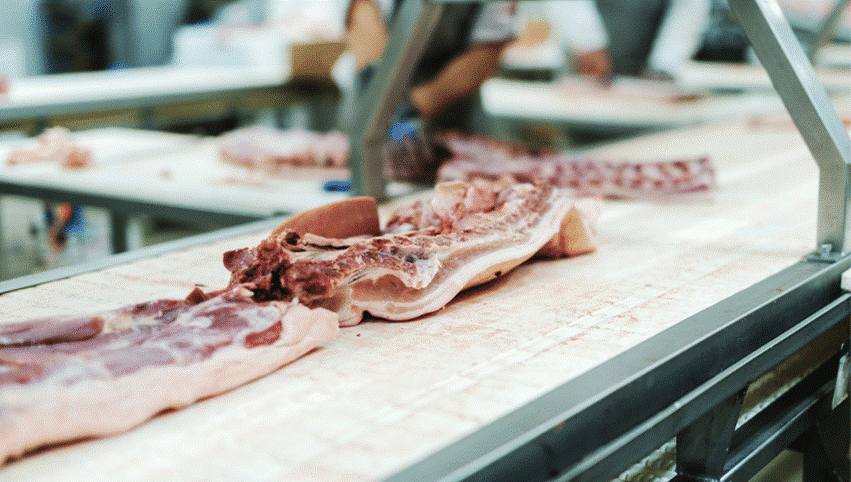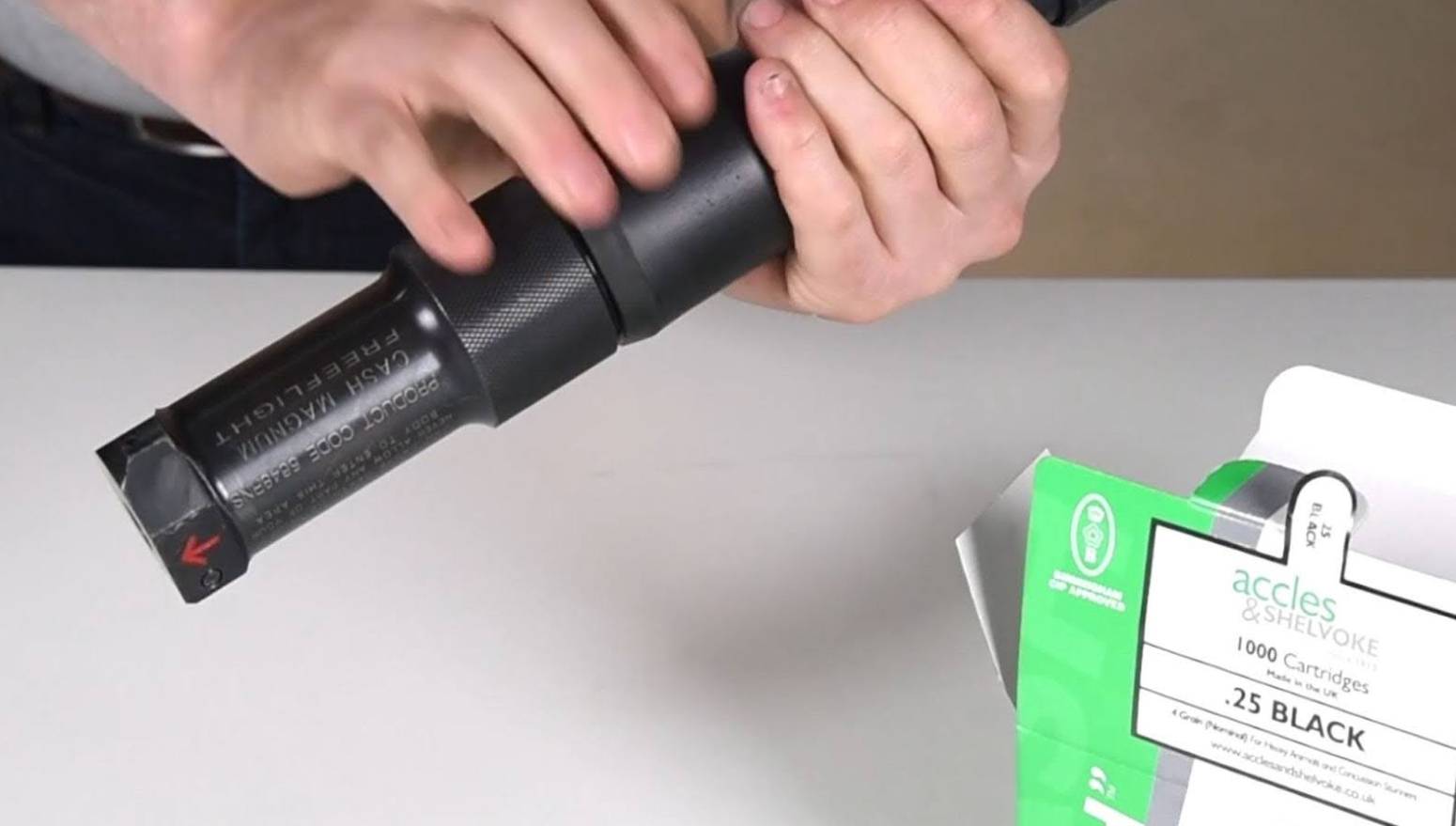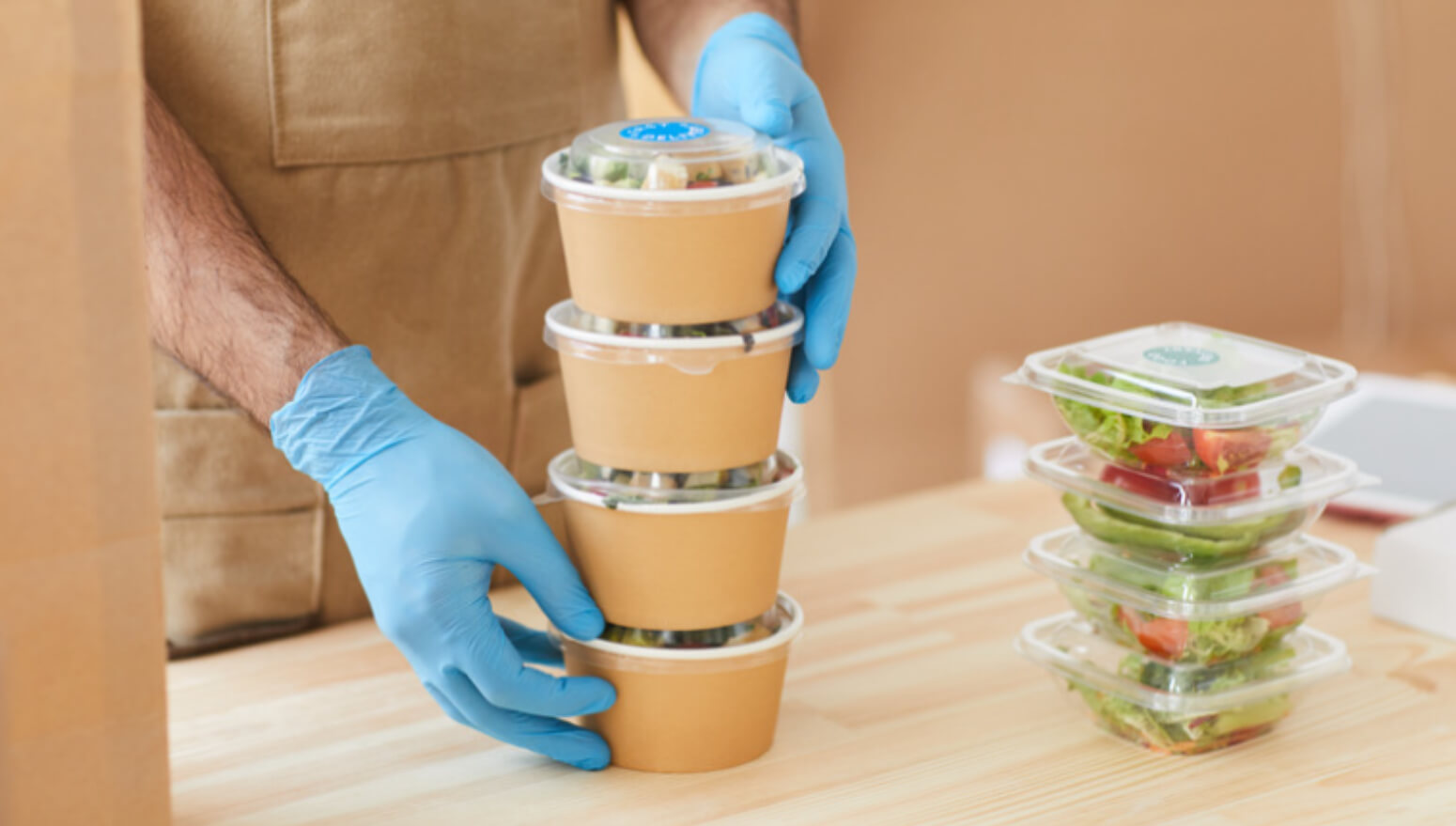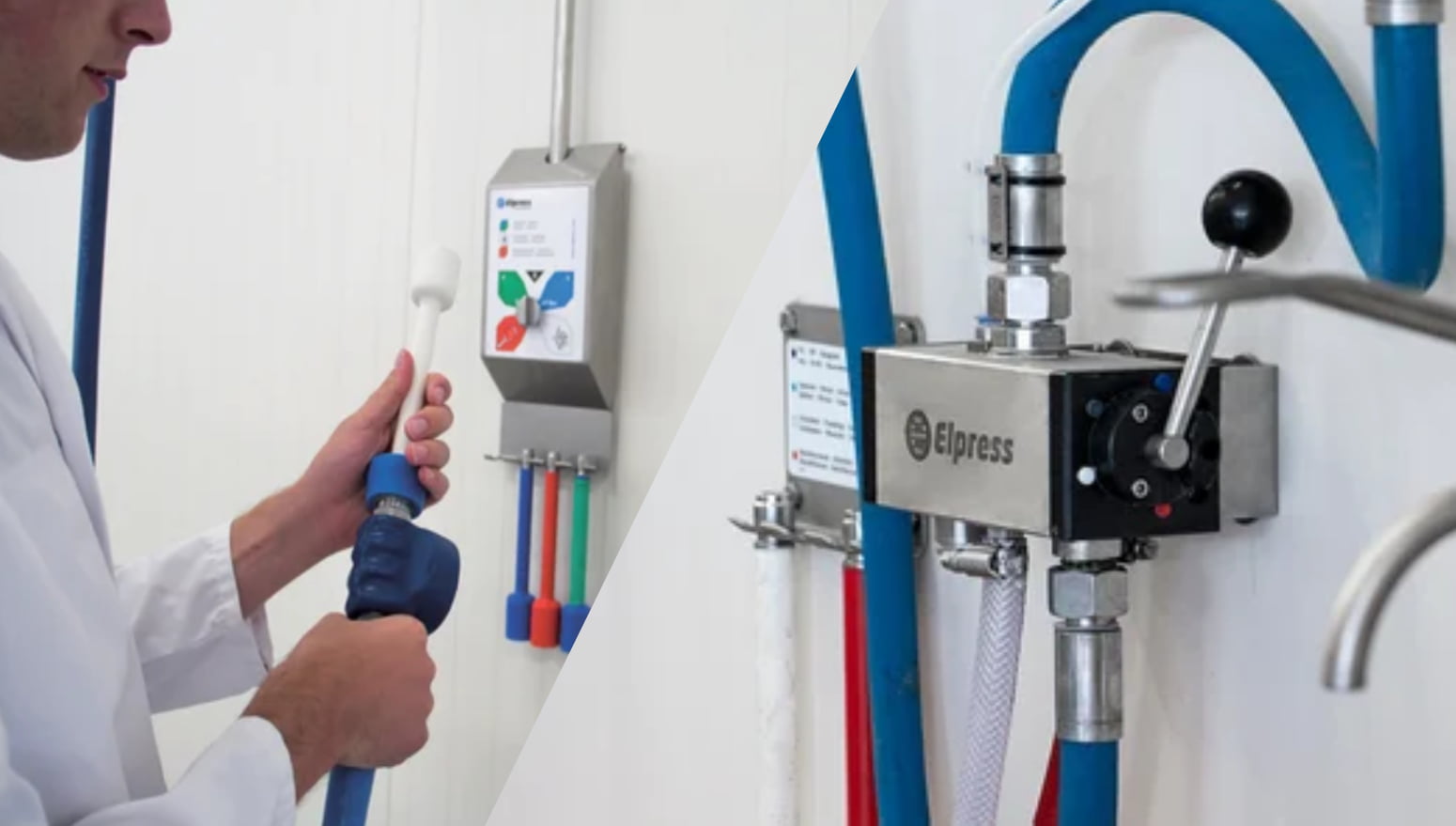
For nearly 40 years, FPE has been proud contributors to and supporters of the Australian meat industry. We supply meat processing equipment to the broader meat industry in Australia and New Zealand. So, from traditional red meat producers to smallgoods, chicken and other poultry processors, we have the equipment and processing line solutions to optimise your business.
Overview:
- Meat industry supplies for every stage of processing
- Quality control in meat processing industry
- New Zealand & Australian meat industry FAQs
- Australian & New Zealand meat industry challenges
Supporting the New Zealand & Australian meat industry
FPE began with the meat industry all those years ago. And today, meat is still at the heart of what we do. Our team includes members from all corners of the meat industry so we understand the sorts of challenges our customers face.
Find out more on the blog:
- New Tech In The Sheep Meat Industry: MEQ Probe
- Perfect Combination of Meat Processing Plant Equipment
- Reducing Meat Packing Industry Injuries With Safety Systems
As well as world-leading equipment, we also have partnerships in place with external providers that enable us to deliver complementary services to food producers in New Zealand and Australia.
See also:
Trusted New Zealand & Australian meat industry partners
The meat industry is one of the most important and lucrative to Australia and New Zealand’s economy. Getting quality cuts of meat requires specialist machinery, highly trained staff and world-class manufacturers—that’s why producers big and small trust FPE.
Meat industry supplies/equipment for every stage of processing
FPE supplies best-in-class solutions for fresh and cooked meat and poultry producers in Australia and New Zealand.
| PROCESSING ACTIVITY | MANUFACTURER | Fresh red meat and livestock industry/abattoir | Chicken meat industry & other poultry | Cooked/cold meat industry & smallgoods |
| Slaughtering | Accles & Shelvoke | ✔️ | ✔️ | |
| Tempering/thawing | AMTek Microwave | ✔️ | ✔️ | ✔️ |
| Fat & bone trimming | Bettcher Industries | ✔️ | ✔️ | |
| Dehairing & paunch cleaning | Materiel Charles Mecal (MCM) | ✔️ | ||
| Skinning and derinding | Grasselli | ✔️ | ✔️ | ✔️ |
| Hard and soft separation | Sepamatic | ✔️ | ✔️ | ✔️ |
| Slicing | Magurit | ✔️ | ✔️ | ✔️ |
| Fat analysis & contaminant detection | Eagle PI | ✔️ | ✔️ | ✔️ |
| Production hygiene | Elpress | ✔️ | ✔️ | ✔️ |
| Material handling | SYSPAL | ✔️ | ✔️ | ✔️ |
Quality control in meat processing industry
HACCP is still the most important quality control mechanism for today’s New Zealand & Australian meat industry. It is supported by a growing body of technology to facilitate the 24/7 monitoring and automated quality control processes required in today’s meat processing plants.
Eagle’s dual energy (MDX) X-Ray machines are world-leading in this field. Capable of measuring chemical lean, detecting previously undetectable contaminants like bone and some plastics, and conducting a range of other production line quality checks.
Not only that, these machines can be further enhanced with their specially designed software solutions allowing you maximum uptime and HACCP compliance. Due to the critical nature of this equipment, FPE provides a 24 hour hotline to all X-Ray equipment customers.
Read more:
So, if you’re a meat industry processor, trust FPE. For all your processing equipment, plant hygiene, mechanical handling, equipment maintenance and supplies, we’re the leading provider in Australia and New Zealand. Contact us today on 1800 882 549 in Australia and 0800 100 003 in New Zealand to discuss your business needs.
New Zealand & Australian meat industry FAQs
What is the meat industry?
The meat industry is often thought of as referring to the production of fresh red meat for consumers. However, the meat industry as a whole also encompasses the production of chicken and other poultry for human consumption, as well as cold meats like salami and ham (also known as “smallgoods”).
How big is the meat industry in Australia?
In 2019, the domestic supply and export of Australian red meat totalled $28.5 billion in sales, and in the same year Australia was the second largest beef exporter in the world. With the global meat consumption increasing year on year, we can expect to see the size of the Australian meat industry to grow.
How much meat does New Zealand produce?
The New Zealand meat industry processes around 25 million sheep and five million cattle every year. (source: NZ Meat Industry Association)
How much meat is produced in Australia?
Meat production in Australia varies based on the type of livestock. Typically there has been a year on year growth across most segments of the industry.
As of 2020, the amount of meat produced in Australia was:
| Animal | Average amount of meat produced in Australia from 2019-2020 |
| Cattle | 196,106 tonnes |
| Calves | 2,196 tonnes |
| Sheep | 16,882 tonnes |
| Lamb | 39,894 tonnes |
| Pigs | 33,392 tonnes |
Who is the largest beef producer in Australia?
In Australia, the largest beef and cattle producer is the Australian Agricultural Company, which has been operating since 1824.
What are the challenges to the Australian & New Zealand meat industry?
| Labour |
|
| Market |
|
| Energy |
|
| Water |
|
| Consumer Trends |
|
| Animal Welfare |
|
| Technology & Equipment |
|
| Regulatory |
|
| Packaging |
|
| Supply |
|





